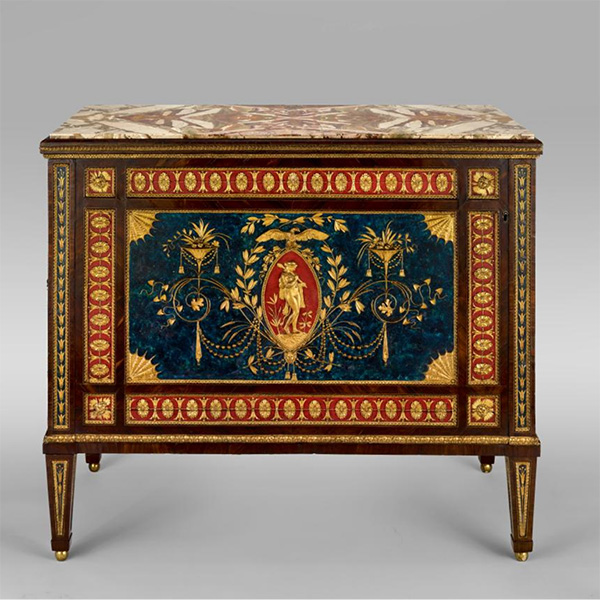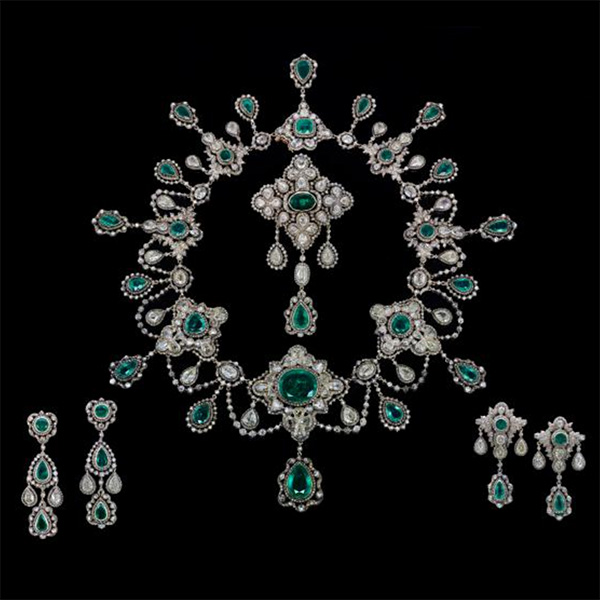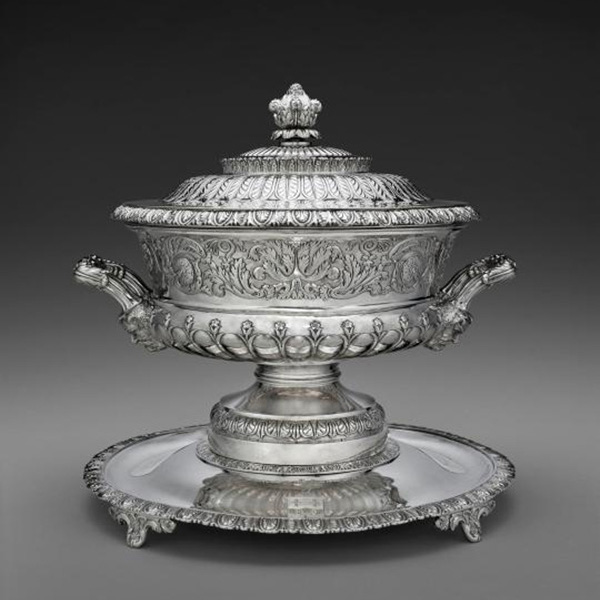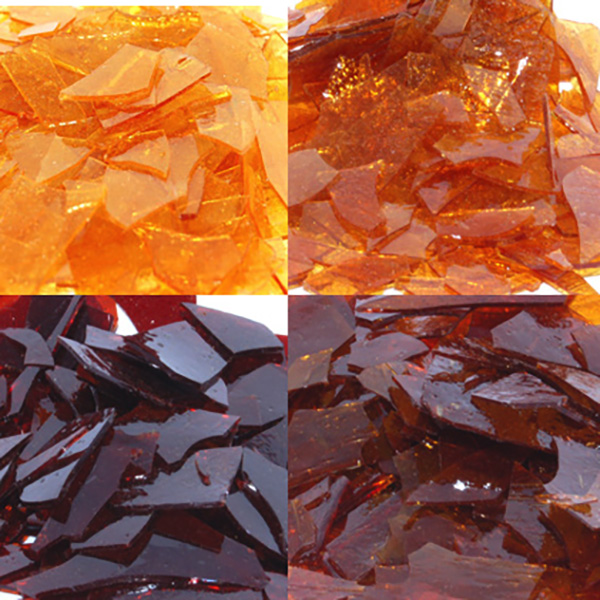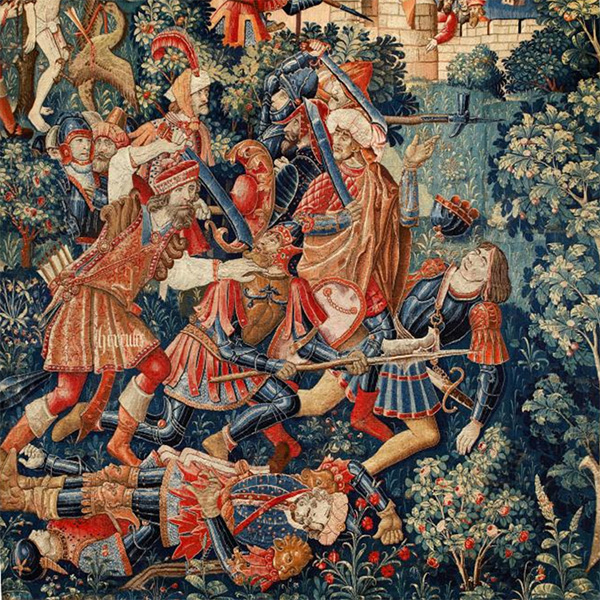Like diamond, graphite is a naturally-occurring form of carbon but in graphite each carbon atom is bound to only three other carbon atoms by covalent bonds. In order to satisfy the bonding needs of each carbon atom, there is also some multiple bonding between the carbon atoms. The network of multiple bonds is responsible for graphite being a good electrical conductor. Another consequence of the multiple bonding network is that graphite readily absorbs light, which makes it black, unlike diamond whose three-dimensional single-bonded network restuls in a colorless substance in the absence of impurities and defects.
This bonding structure causes the formation of stacks of two-dimensional sheets of carbon atoms that are are only weakly bound to each other, and the sheets can slip easily over each other making graphite a good lubricant.

